Home>Garden Essentials>How To Grow Pine Trees From Seed
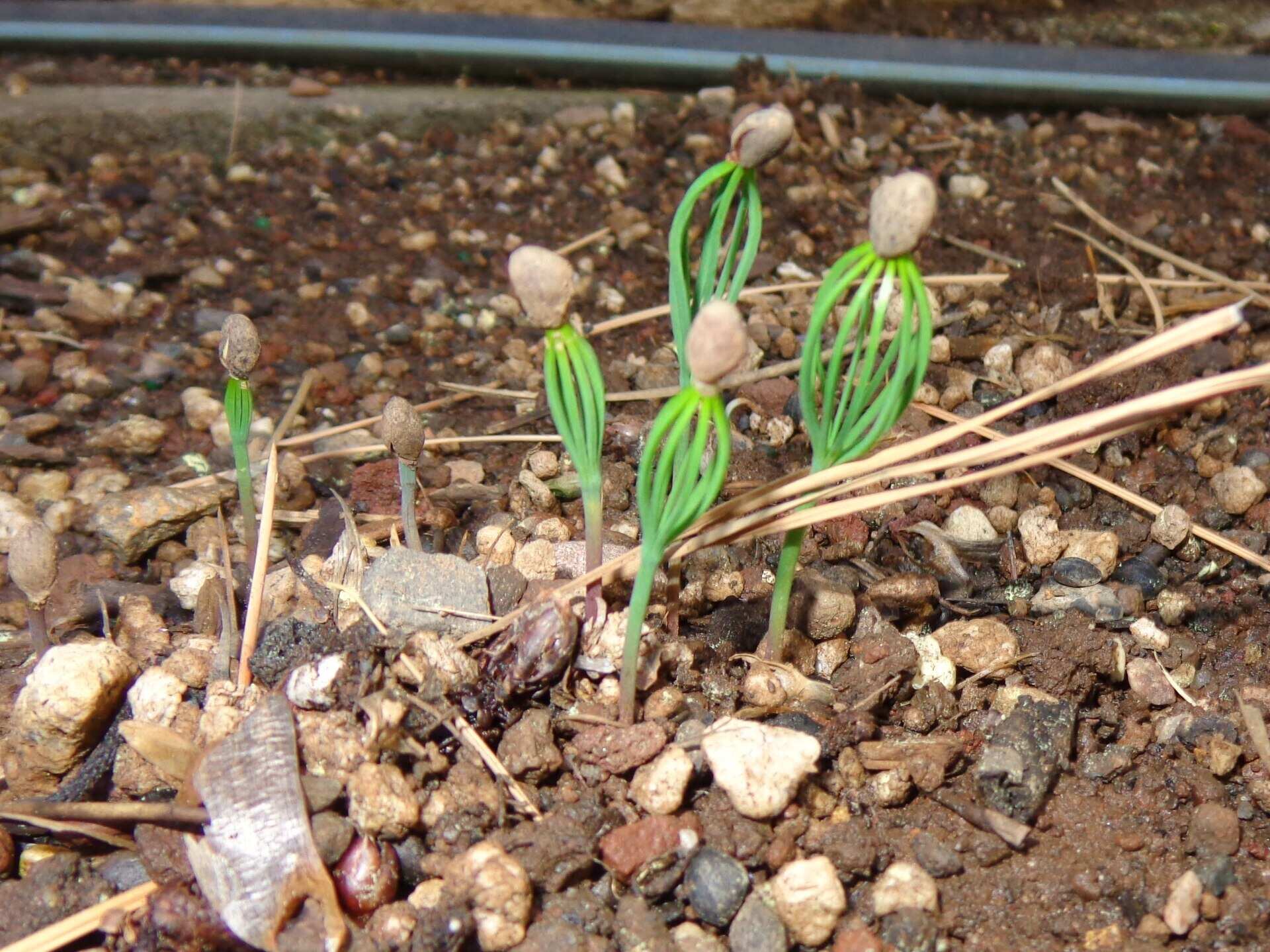

Garden Essentials
How To Grow Pine Trees From Seed
Modified: March 15, 2024
Learn how to grow pine trees from seed in your garden with this comprehensive guide. Planting, caring, and nurturing tips to ensure successful growth.
(Many of the links in this article redirect to a specific reviewed product. Your purchase of these products through affiliate links helps to generate commission for Storables.com, at no extra cost. Learn more)
Introduction
Are you looking to add some majestic pine trees to your garden or landscape? Growing pine trees from seed can be a rewarding and fulfilling experience. Not only will you have the satisfaction of seeing your trees grow from tiny seeds into towering beauties, but you will also have a hand in preserving nature and contributing to a greener environment.
While growing pine trees from seed may require a little more time and effort compared to buying small saplings, it allows you to have a wider variety of tree species to choose from. Additionally, it can be a cost-effective way to grow a large number of trees, making it ideal for reforestation efforts or creating a truly breathtaking pine tree forest.
In this article, we will guide you through the process of growing pine trees from seed, from selecting the right seeds to caring for mature trees. So, put on your gardening gloves and let’s get started on this exciting journey!
Key Takeaways:
- Growing pine trees from seed is a rewarding journey that requires patience and care, from selecting the right seeds to providing adequate water and sunlight. It’s a fulfilling way to contribute to nature and the environment.
- Proper maintenance, including thinning, fertilizing, and protecting from pests, is essential for the healthy development of pine tree seedlings. Transplanting and caring for mature pine trees ensures their longevity and beauty in your garden or landscape.
Read more: How To Grow A Tree From A Seed
Selecting the Right Pine Tree Seeds
Choosing the right pine tree seeds is crucial for ensuring successful growth and healthy trees. Here are some factors to consider when selecting your seeds:
- Species: There are many different species of pine trees, each with its own unique characteristics. Research the different species and choose ones that are well-suited for your climate and soil conditions.
- Source: Purchase seeds from a reputable nursery or supplier to ensure their quality and viability. You can also collect seeds from mature pine cones found in your area, but be sure to properly identify the species and check for any signs of disease or insect damage.
- Freshness: Fresh pine tree seeds have a higher chance of germination. Look for seeds that are plump, firm, and intact. Avoid seeds that are discolored or damaged.
- Stratification: Some pine tree seeds require stratification, which is a process of subjecting the seeds to a period of cold and damp conditions to break their dormancy. Research the specific requirements of the pine tree species you plan to grow and provide the necessary stratification period if needed.
Once you have selected the right pine tree seeds, it’s time to prepare the seed bed for planting. Creating the optimal environment for germination is essential for the successful growth of your pine tree seedlings.
Preparing the Seed Bed
Creating a suitable seed bed is essential to provide the necessary conditions for germinating pine tree seeds. Follow these steps to prepare the perfect seed bed:
- Location: Choose a sunny spot in your garden or landscape that receives ample sunlight throughout the day. Pine trees thrive in full sun and require at least six to eight hours of direct sunlight daily.
- Soil Preparation: Pine trees prefer well-drained soil that is slightly acidic. Test the soil pH and make any necessary adjustments to bring it to the ideal range of 5.5 to 6.5. Loosen the soil using a garden fork or tiller to improve drainage and allow the roots to penetrate easily.
- Remove Weeds and Debris: Clear the area of any weeds, grass, or debris that may hinder the growth of your pine tree seedlings. Weeds compete with the young plants for nutrients and water, so it is important to have a clean and weed-free seed bed.
- Amend the Soil: Depending on the soil’s composition and fertility, you may need to amend it with organic matter such as compost, well-rotted manure, or peat moss. This will help improve the soil structure, moisture retention, and nutrient content.
- Level and Rake: Smooth out the surface of the seed bed using a rake, removing any large clumps or rocks. This will provide an even surface for planting and ensure good seed-to-soil contact.
Once you have prepared the seed bed, it’s time to plant the pine tree seeds and kickstart the germination process.
Planting the Pine Tree Seeds
Now that you have prepared the seed bed, it’s time to plant the pine tree seeds. Follow these steps to ensure successful germination:
- Timing: The best time to plant pine tree seeds is in the early spring when the soil is starting to warm up but before the hot summer temperatures arrive. This will give the seeds enough time to establish roots before facing harsh weather conditions.
- Planting Depth: Pine tree seeds should be planted at a depth of about 1-2 inches in the soil. Dig small holes or use a stick to create furrows in the prepared seed bed.
- Spacing: Space the seeds apart to allow for proper root development and to prevent overcrowding. Consult the specific spacing requirements for the pine tree species you are planting, as some may require more space than others.
- Seed Placement: Gently place the pine tree seeds in the prepared holes or furrows, ensuring that they are evenly spaced and not touching each other. Cover the seeds with soil and lightly tamp it down to provide good seed-to-soil contact.
- Watering: After planting, water the seed bed thoroughly to settle the soil and provide moisture to the seeds. Be careful not to overwater as this can lead to rotting or fungal growth.
It’s important to note that pine tree seeds may take some time to germinate, ranging from a few weeks to several months, depending on the species and environmental conditions. Be patient and continue to care for the seed bed by providing the necessary water and sunlight.
In the next section, we will discuss how to provide adequate water and sunlight to promote the growth of your pine tree seedlings.
Providing Adequate Water and Sunlight
Proper watering and sunlight are crucial for the healthy growth of your pine tree seedlings. Follow these guidelines to ensure they receive the necessary care:
- Watering: Keep the seed bed evenly moist but not waterlogged. Check the moisture level regularly and water as needed, especially during dry periods. Avoid letting the soil dry out completely between waterings, as this can stress the seedlings.
- Sunlight: Pine trees require at least six to eight hours of direct sunlight daily for optimal growth. Make sure the seed bed is located in a spot that receives ample sunlight throughout the day. If necessary, trim any nearby trees or shrubs that may cast shade on the growing area.
- Mulching: Apply a layer of organic mulch around the seed bed to help retain moisture, suppress weed growth, and regulate soil temperature. Avoid placing the mulch directly against the seedlings to prevent excess moisture buildup around the stems.
- Protection from Extreme Conditions: Young pine tree seedlings may be vulnerable to extreme temperatures, strong winds, or frost. Consider using shade cloth, windbreaks, or frost blankets to protect the seedlings until they become more established.
- Monitor Growth: Regularly monitor the growth of your pine tree seedlings. Look for signs of healthy growth such as new leaves, sturdy stems, and vibrant color. If you notice any signs of stress or disease, take prompt action to address the issue.
By providing adequate water and sunlight, you will give your pine tree seedlings the best chance of thriving. In the next section, we will discuss how to properly maintain the seedlings as they continue to grow.
To grow pine trees from seed, collect mature cones in the fall, extract the seeds, and plant them in a well-draining soil mix. Keep the soil consistently moist and provide plenty of sunlight for successful germination.
Read more: How To Grow Tree From Seed
Maintaining the Seedlings
As your pine tree seedlings continue to grow, it is important to provide proper care and maintenance to ensure their healthy development. Follow these tips to maintain your seedlings:
- Thinning: Once the seedlings have sprouted and developed their first set of true leaves, thin them out if they are crowded. This will give the remaining seedlings more room to grow and access to sunlight, nutrients, and water.
- Fertilizing: After the first year of growth, you can start fertilizing your pine tree seedlings to provide them with additional nutrients. Use a slow-release, balanced fertilizer designed for trees and follow the package instructions for application rates and timing.
- Weeding: Regularly weed around your pine tree seedlings to prevent competition for nutrients and water. Be careful not to disturb the delicate root systems of the seedlings while removing weeds.
- Protection from Pests: Monitor your seedlings for any signs of pests such as aphids, caterpillars, or beetles. If pests are present, consider using organic pest control methods or seeking advice from a local gardening expert.
- Pruning: Once your pine tree seedlings are a few years old, you can start shaping and pruning them to promote healthy branching and desired tree form. Consult pruning guides specific to pine tree species for proper techniques and timing.
Continue to provide regular water and monitor the health of your seedlings throughout their growth. With proper care and maintenance, your pine tree seedlings will develop into strong, beautiful trees that will enhance the beauty of your garden or landscape.
Next, we will discuss the process of transplanting your pine trees once they have outgrown the seed bed.
Transplanting the Pine Trees
As your pine trees grow larger and outgrow the seed bed, it’s time to transplant them into their permanent location. Follow these steps to successfully transplant your pine trees:
- Timing: Spring or fall are generally the best times to transplant pine trees when the weather is mild and the trees are in a semi-dormant state. Avoid transplanting during extreme heat or cold.
- Preparing the New Location: Choose a suitable location for your pine trees that provides enough space for their mature size. Consider the soil conditions, sunlight exposure, and potential obstacles such as buildings or power lines.
- Digging the Hole: Dig a hole that is slightly wider and deeper than the root ball of the pine tree. Loosen the soil at the bottom of the hole to encourage root growth.
- Transplanting: Gently remove the pine tree from the seed bed, taking care not to damage the roots. Place the tree in the prepared hole, making sure it is positioned at the same depth it was in the seed bed. Fill the hole with soil, tamping it down gently to remove air pockets.
- Watering: After transplanting, thoroughly water the newly planted pine tree to help settle the soil and provide moisture to the roots. Continue to water regularly, keeping the soil consistently moist but not waterlogged.
- Staking: If necessary, stake the tree to provide stability and support. Use soft materials to tie the tree to the stakes, ensuring it has enough room to sway with the wind.
- Mulching: Apply a layer of organic mulch around the base of the transplanted pine tree, taking care to leave space around the trunk. Mulch helps retain moisture, suppress weeds, and regulate soil temperature.
Monitor the newly transplanted pine trees closely and continue to provide care, including regular watering, proper pruning, and protection from pests or extreme weather conditions. With time, your transplanted pine trees will establish their roots and thrive in their new location, adding grace and beauty to your garden or landscape.
In the final section, we will discuss how to care for mature pine trees to ensure their longevity and health.
Caring for Mature Pine Trees
Mature pine trees provide shade, beauty, and ecological benefits to your garden or landscape. To ensure their longevity and continued health, it is important to provide proper care and maintenance. Here are some essential tips for caring for mature pine trees:
- Watering: Established pine trees have deep roots and can tolerate periods of drought. However, during extended dry periods, it is important to provide supplemental water to keep the trees healthy. Water deeply and infrequently to encourage the roots to grow deeper into the soil.
- Fertilizing: Mature pine trees generally do not require frequent fertilization. However, if you notice signs of nutrient deficiencies such as yellowing needles or stunted growth, you can apply a slow-release, balanced fertilizer designed for trees. Consult a professional arborist for guidance on the appropriate fertilizer type and application rates.
- Pruning: Regular pruning is essential for maintaining the shape, health, and safety of your mature pine trees. Remove dead, damaged, or diseased branches and prune selectively to improve airflow and reduce the risk of pests and diseases. Avoid excessive pruning, as it can stress the tree and reduce its vigor.
- Pest and Disease Management: Monitor your mature pine trees for signs of pests such as bark beetles, weevils, or fungal diseases like pine wilt or pitch canker. Timely identification and intervention can prevent further damage. Consult a local arborist or extension service for guidance on appropriate pest and disease management strategies.
- Mulching: Apply a layer of organic mulch around the base of the tree, extending a few feet from the trunk. Mulch helps retain moisture, regulate soil temperature, and suppress weed growth. However, avoid piling mulch against the tree trunk, as this can lead to moisture retention and potential rot.
- Protecting from Mechanical Damage: Take measures to protect your mature pine trees from mechanical injuries. Avoid construction activities that can damage the root system or trunk. Place barriers around the trees if necessary to prevent accidental damage from lawnmowers or vehicles.
Regularly inspect your mature pine trees for any signs of stress, such as yellowing or dropping needles, thinning canopy, or leaning. If you notice any concerning changes, consult a professional arborist for an assessment and guidance on appropriate measures to address the issue.
By providing proper care and attention, your mature pine trees will continue to thrive, adding beauty and value to your landscape for years to come.
I hope this guide has been helpful and informative in your journey to grow pine trees from seed. With dedication and patience, you can successfully grow these majestic trees and enjoy their benefits for generations to come. Happy gardening!
Conclusion
Growing pine trees from seed is a rewarding and fulfilling endeavor that allows you to witness the magical transformation of tiny seeds into majestic trees. By following the steps outlined in this guide, you can successfully grow pine trees from seed and make a positive impact on your garden, landscape, and the environment.
Starting with selecting the right pine tree seeds to preparing the seed bed, planting the seeds, and providing adequate water and sunlight, each step is crucial for the healthy growth of your pine tree seedlings. Proper maintenance, including thinning, fertilizing, pruning, and protecting the seedlings, ensures their continued development and vitality.
Transplanting the pine trees when they outgrow the seed bed and caring for mature pine trees by providing proper watering, mulching, pruning, and addressing any pest or disease issues are key to their long-term health and longevity.
Remember to monitor the growth of your pine trees throughout the process, observing their progress and making any necessary adjustments to ensure their optimal development. Gardening is a journey of learning and patience, and with each step, you will gain valuable knowledge and experience.
So, whether you’re planning to create a picturesque pine tree forest or simply want to add a few towering beauties to your garden, growing pine trees from seed is a fulfilling and worthwhile endeavor. Embrace the process, enjoy the journey, and marvel at the magnificent results of your hard work.
Now it’s time to grab your gardening gloves, gather your pine tree seeds, and embark on this exciting journey of growing your very own pine trees from seed. Happy gardening!
Frequently Asked Questions about How To Grow Pine Trees From Seed
Was this page helpful?
At Storables.com, we guarantee accurate and reliable information. Our content, validated by Expert Board Contributors, is crafted following stringent Editorial Policies. We're committed to providing you with well-researched, expert-backed insights for all your informational needs.
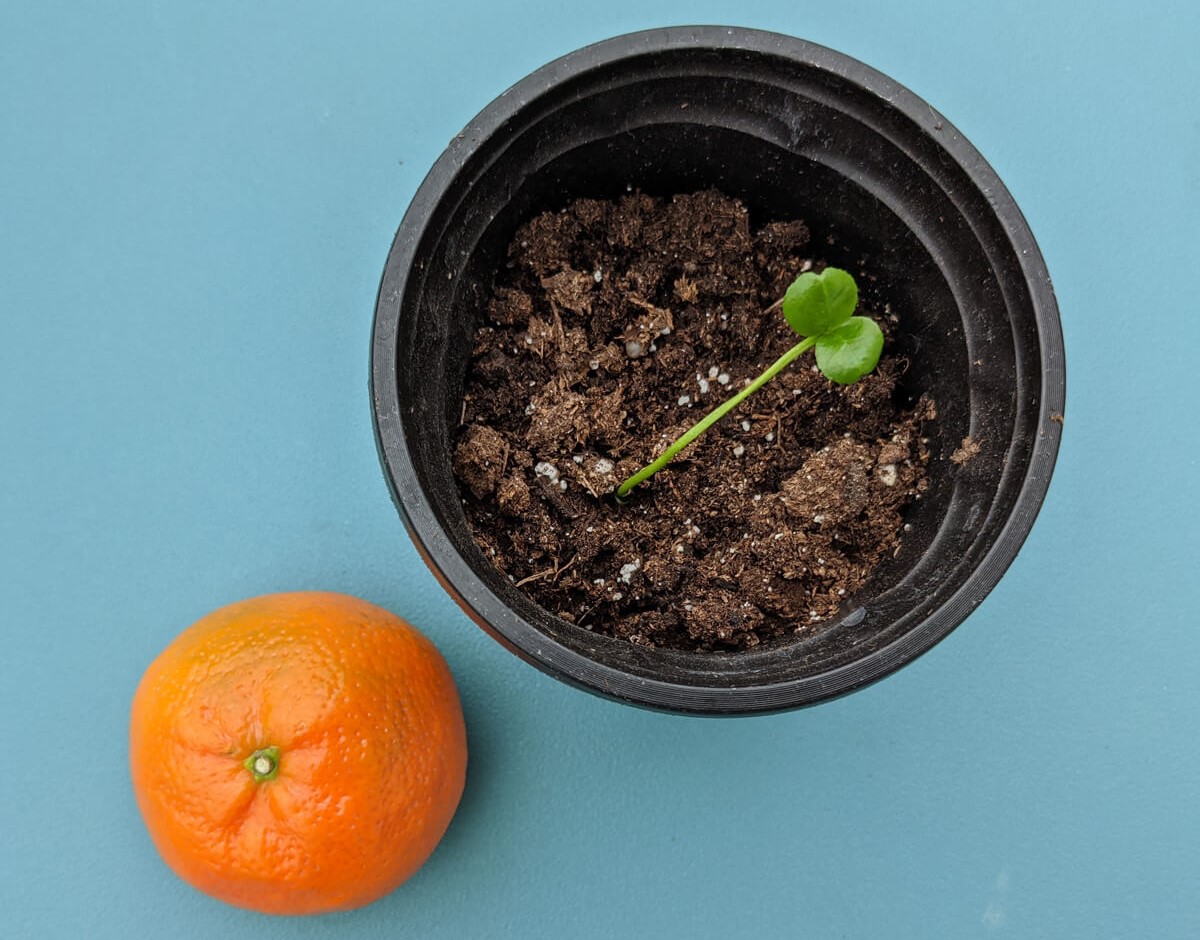
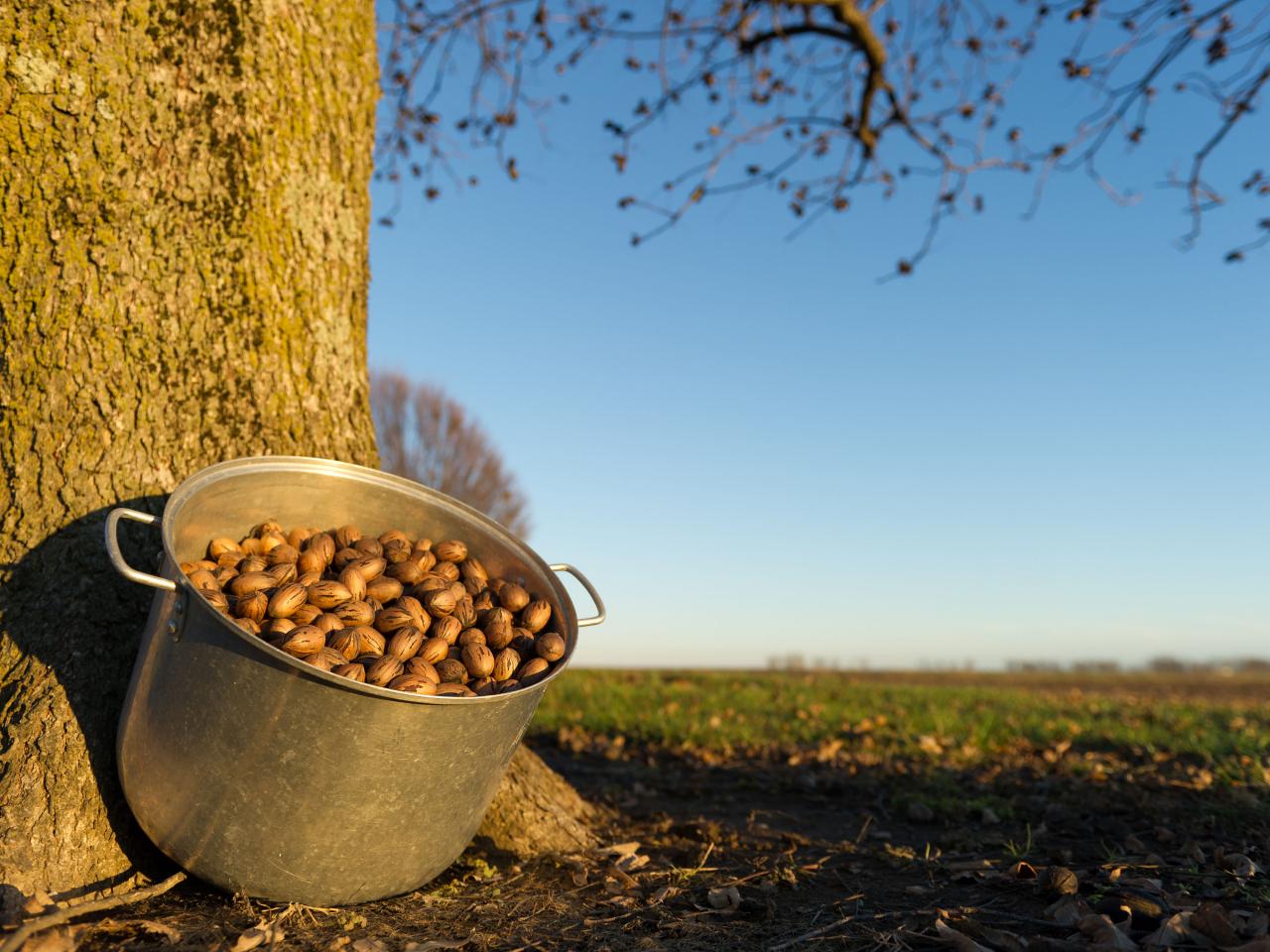
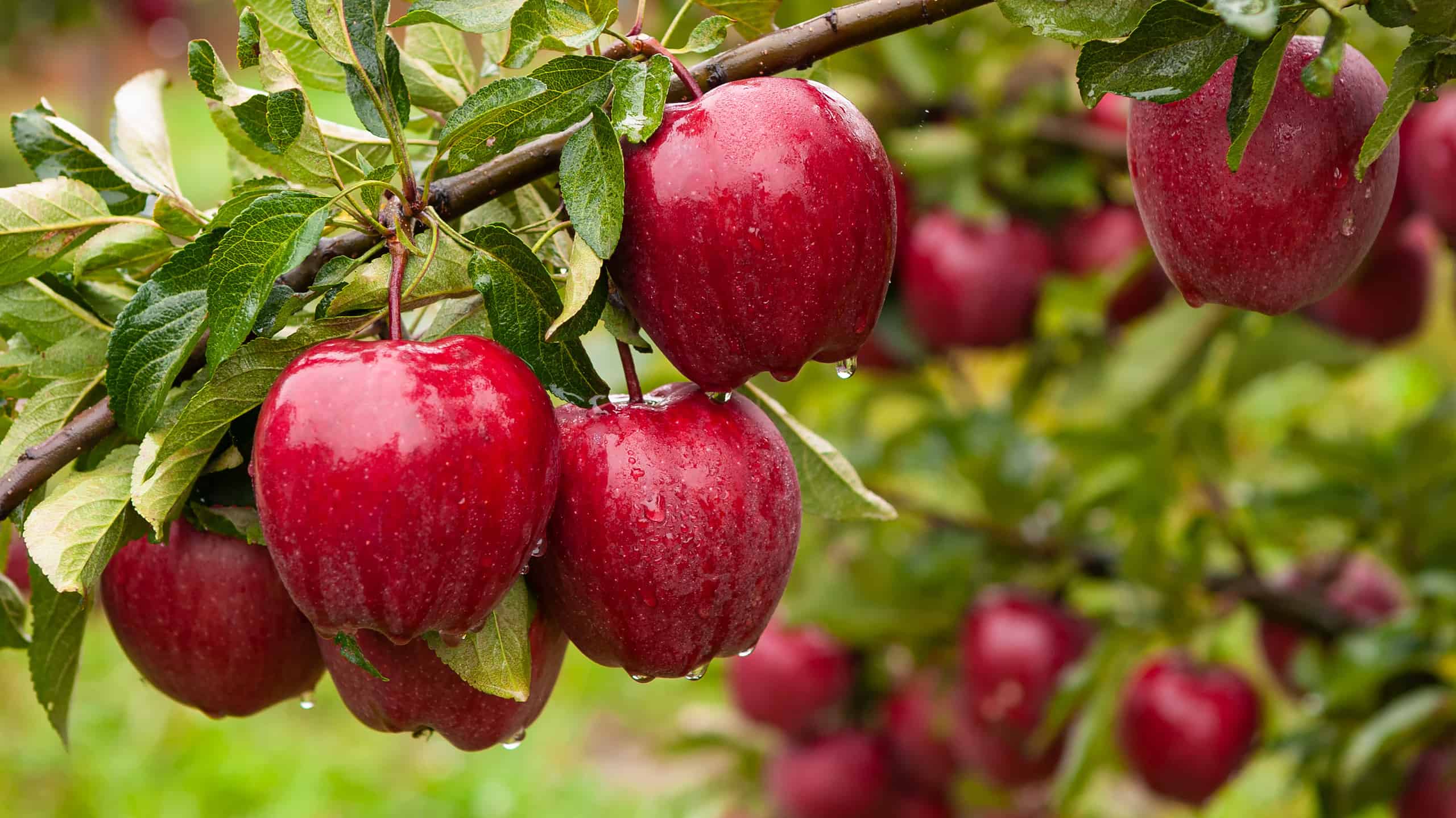
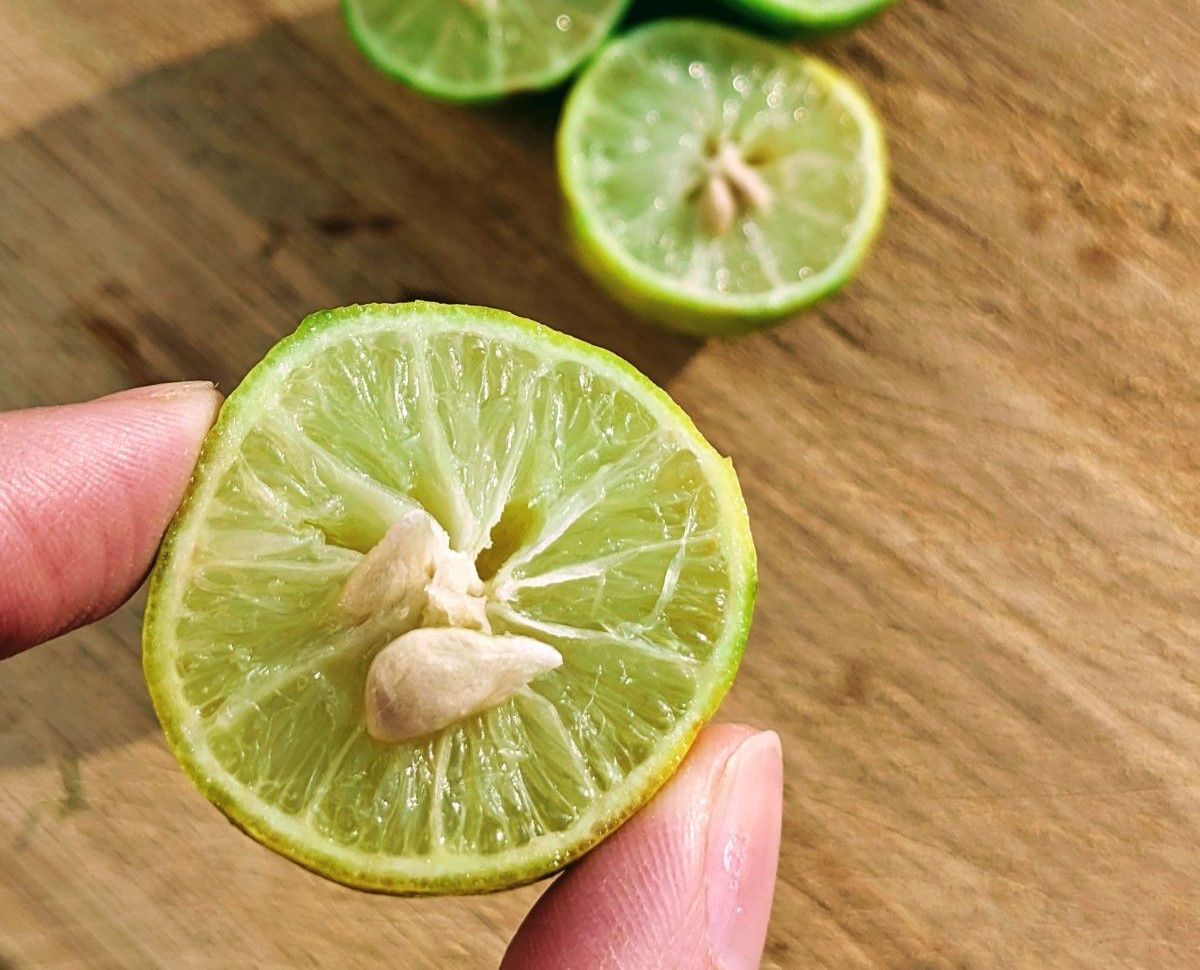
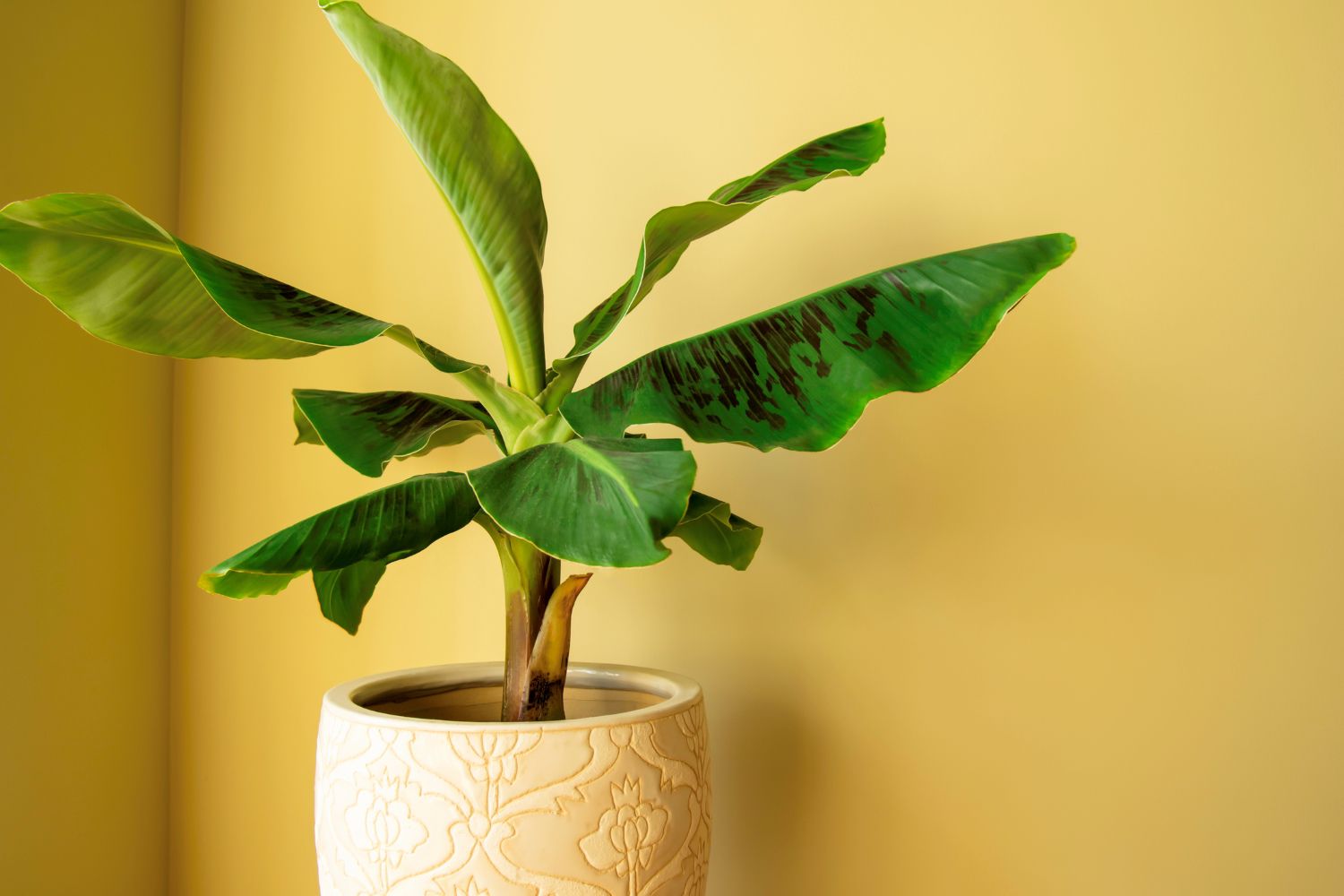
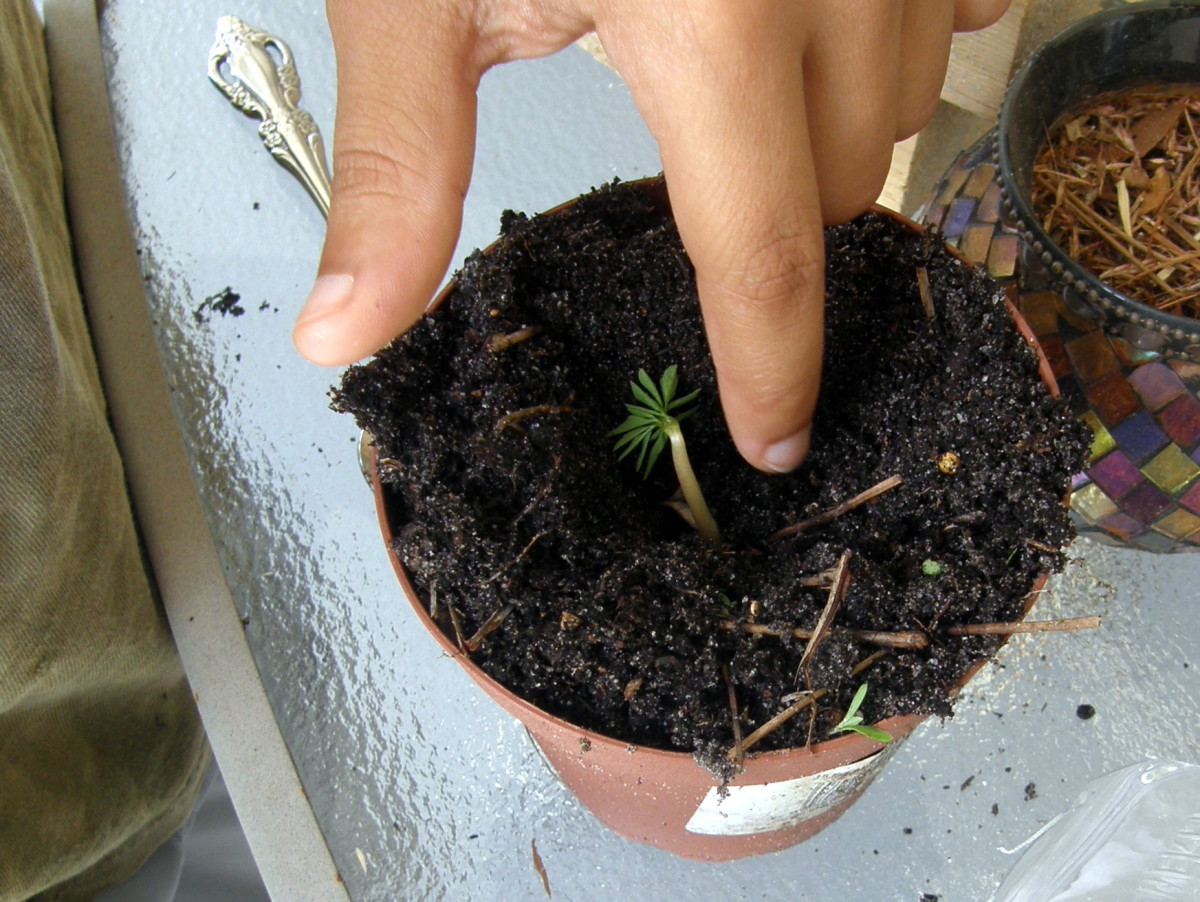
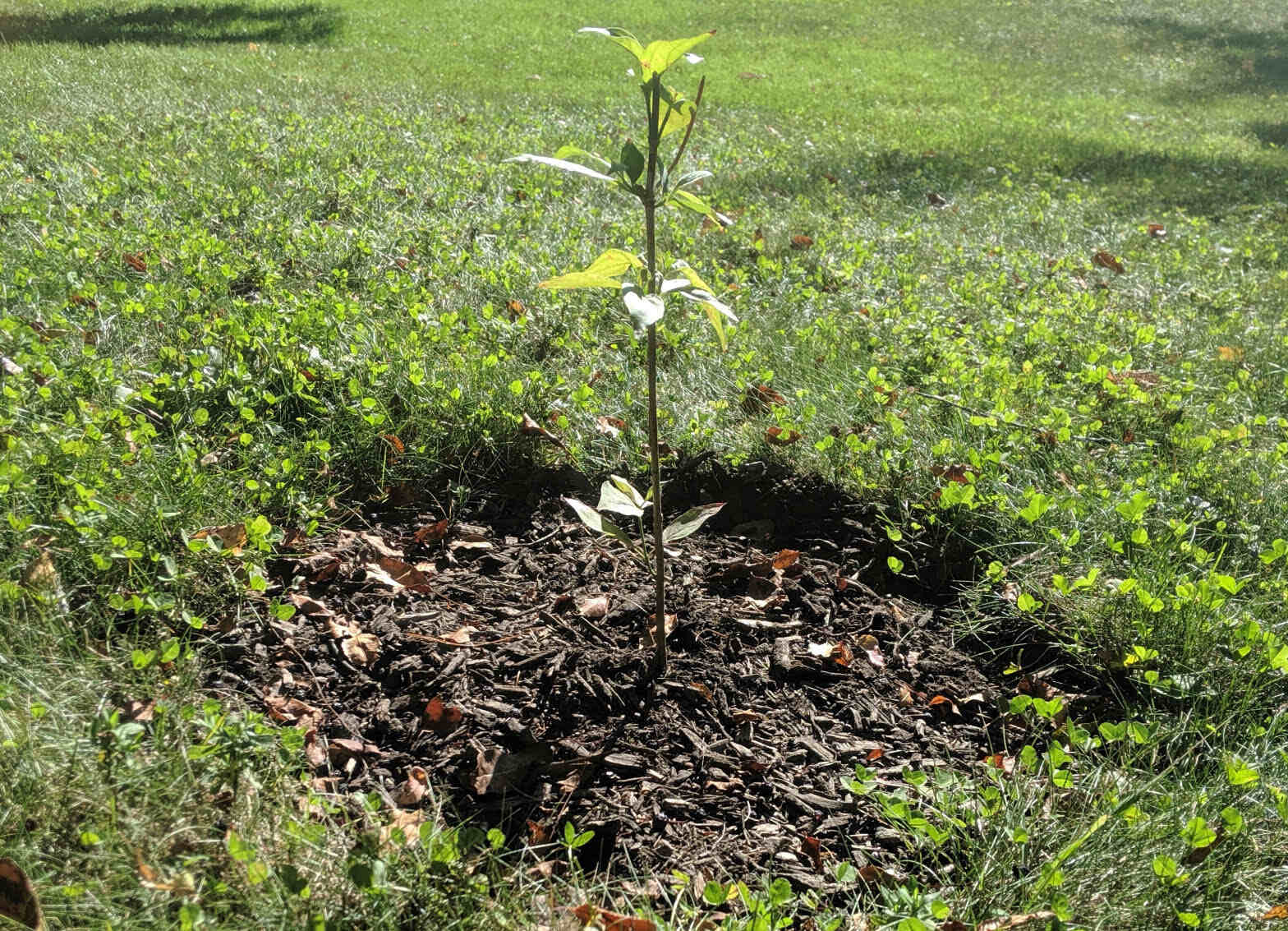
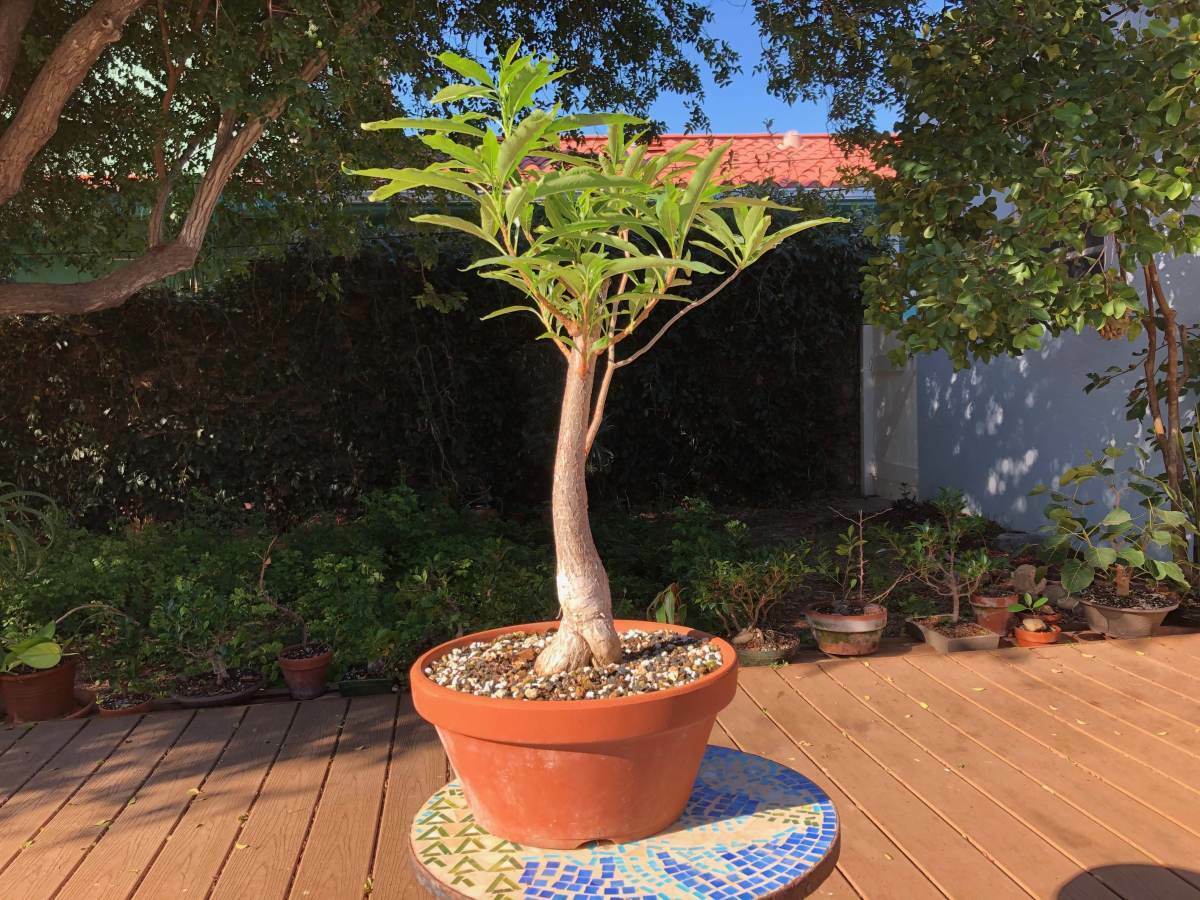
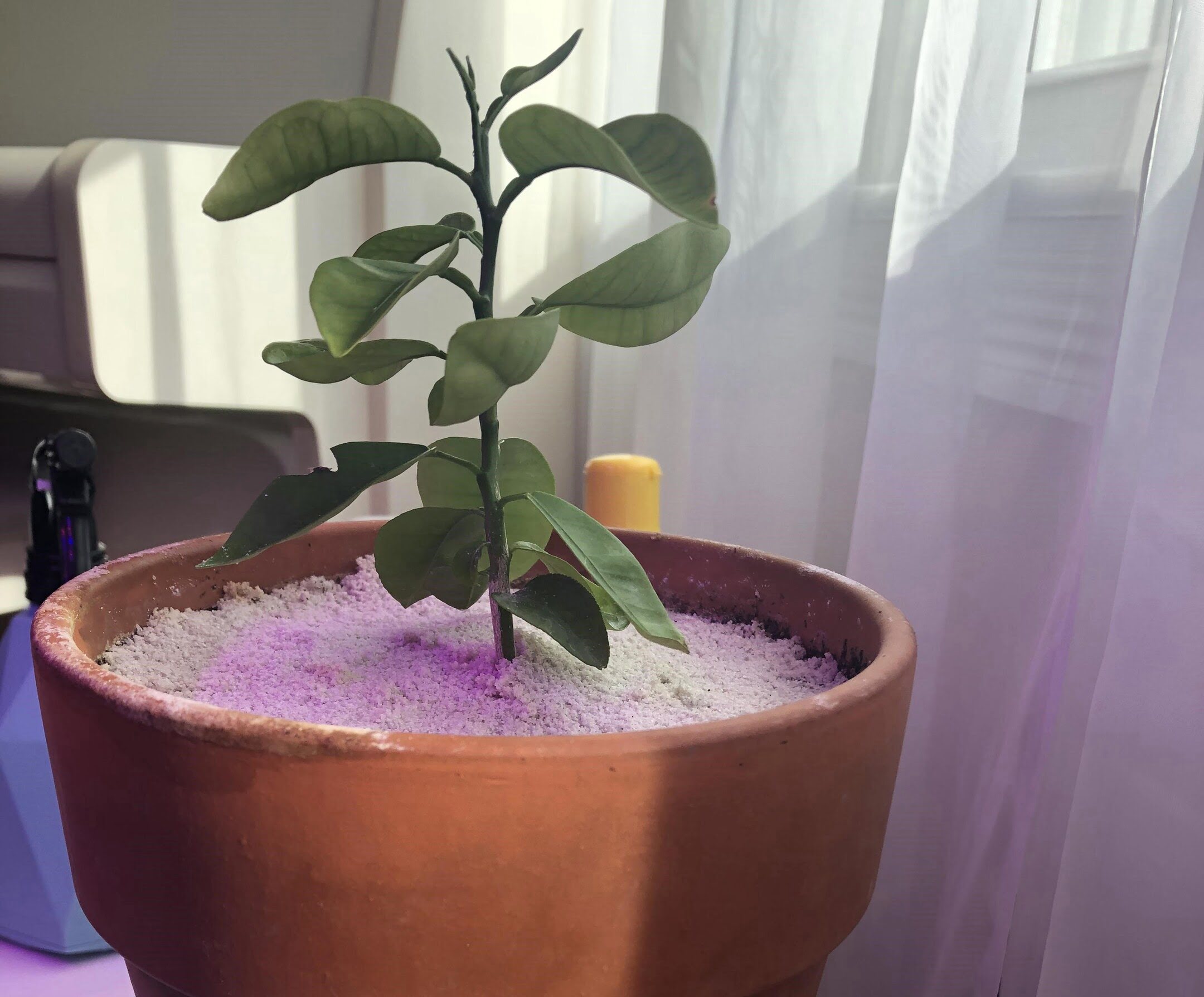
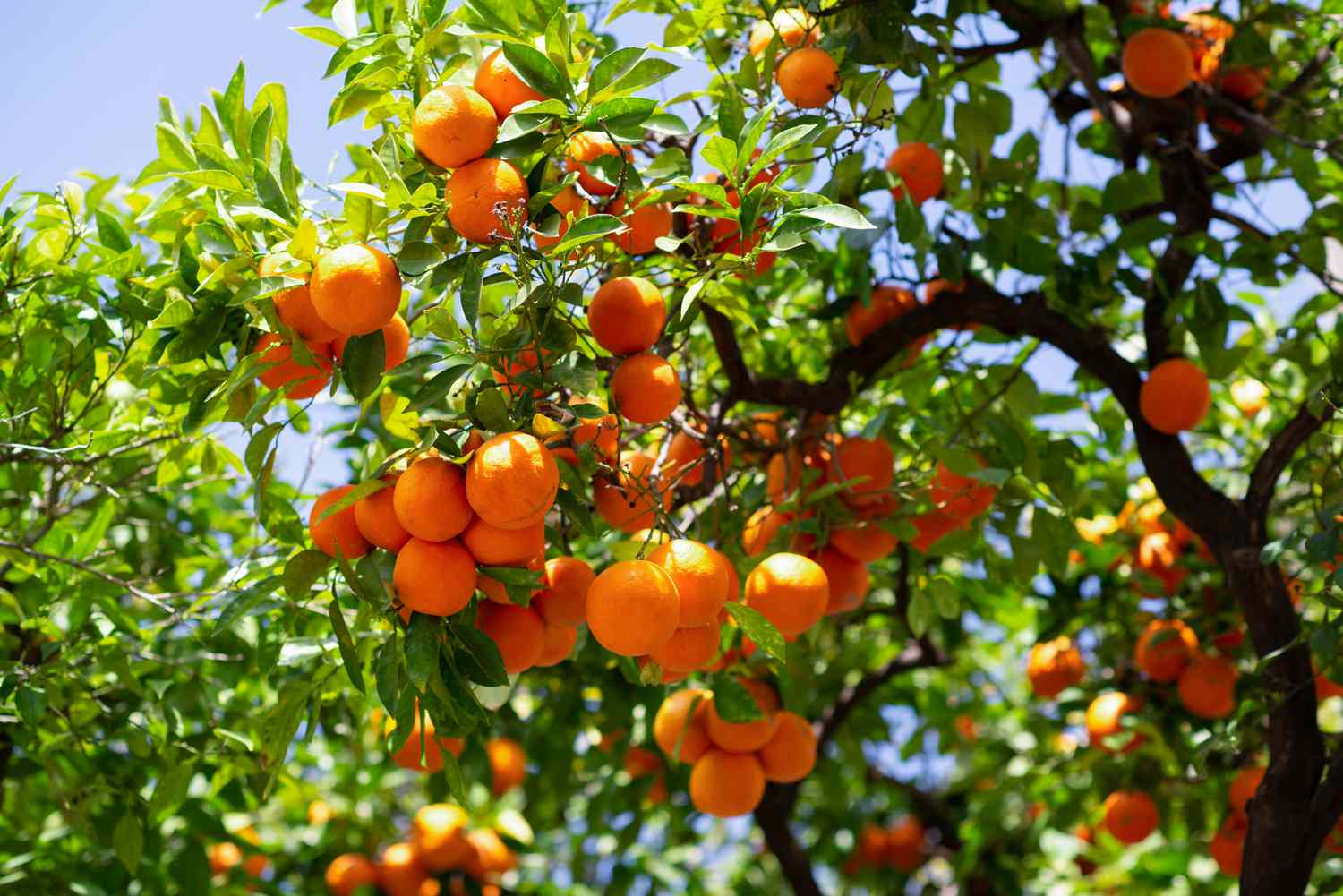
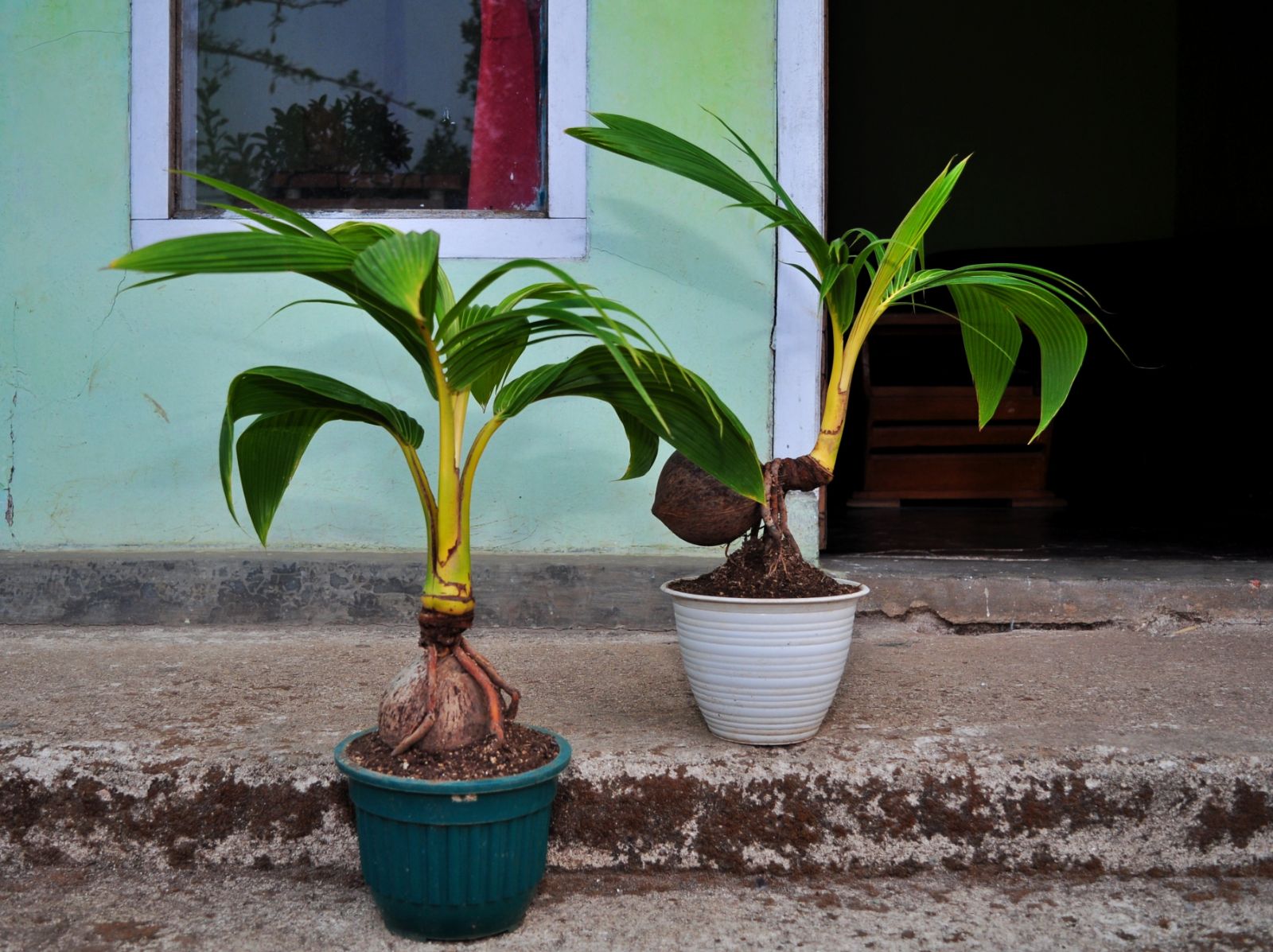
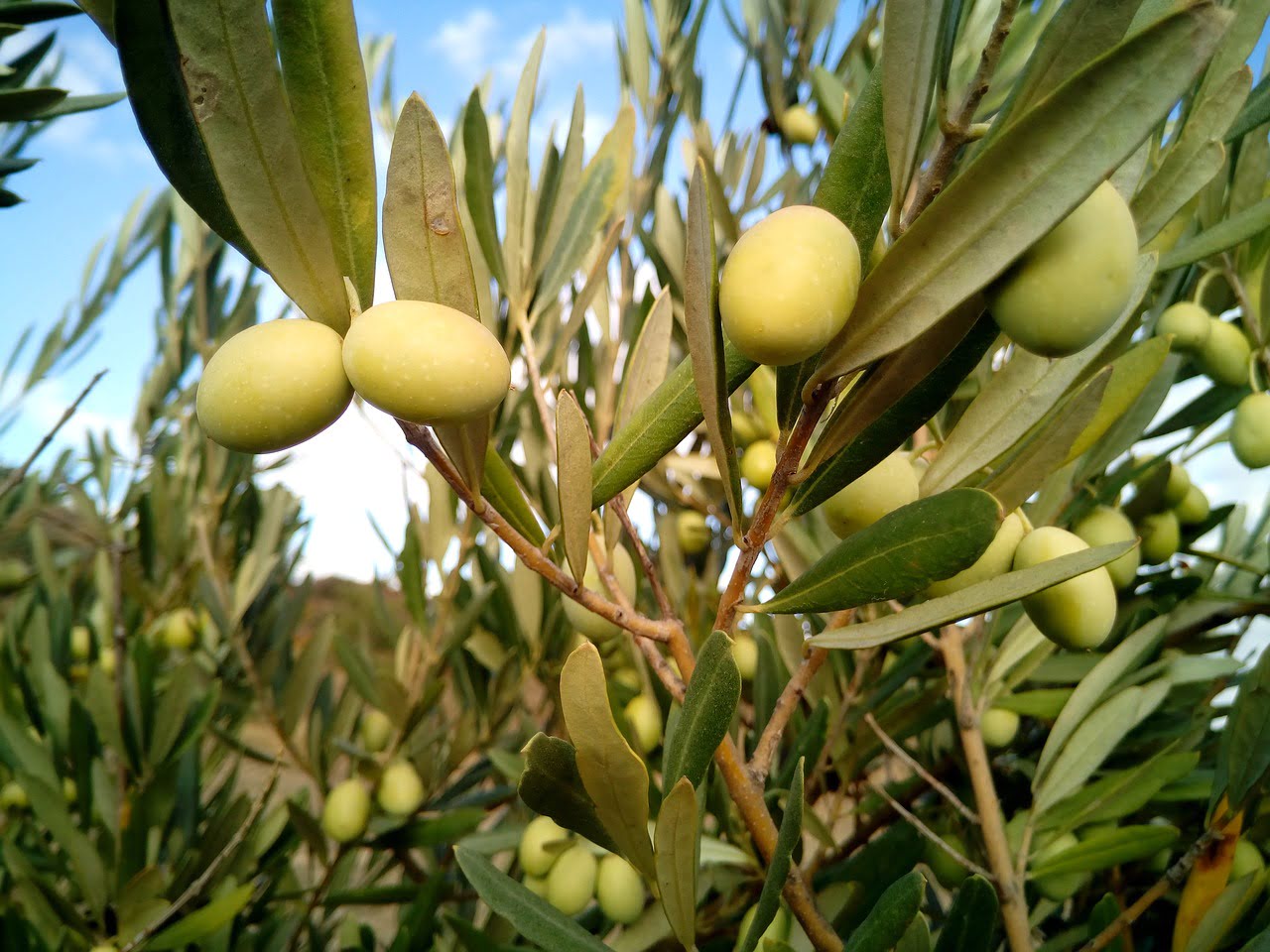
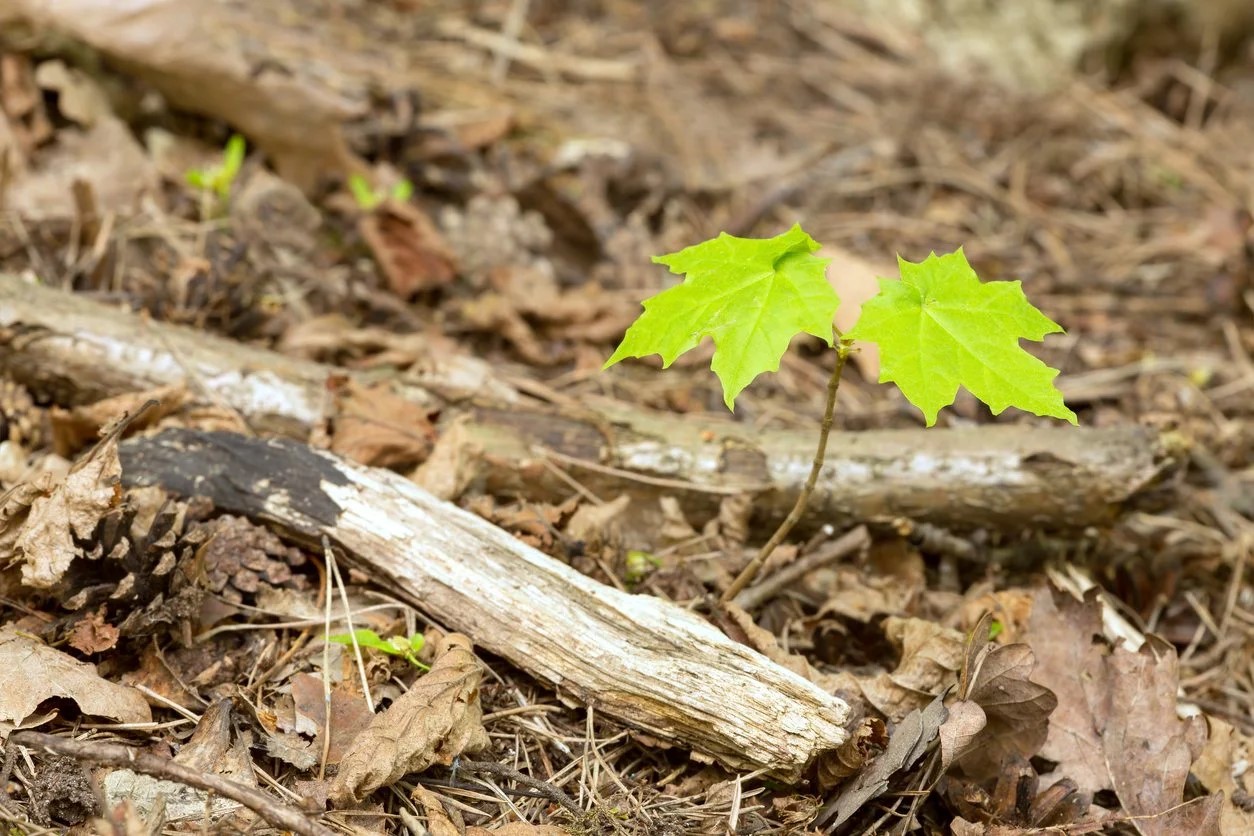
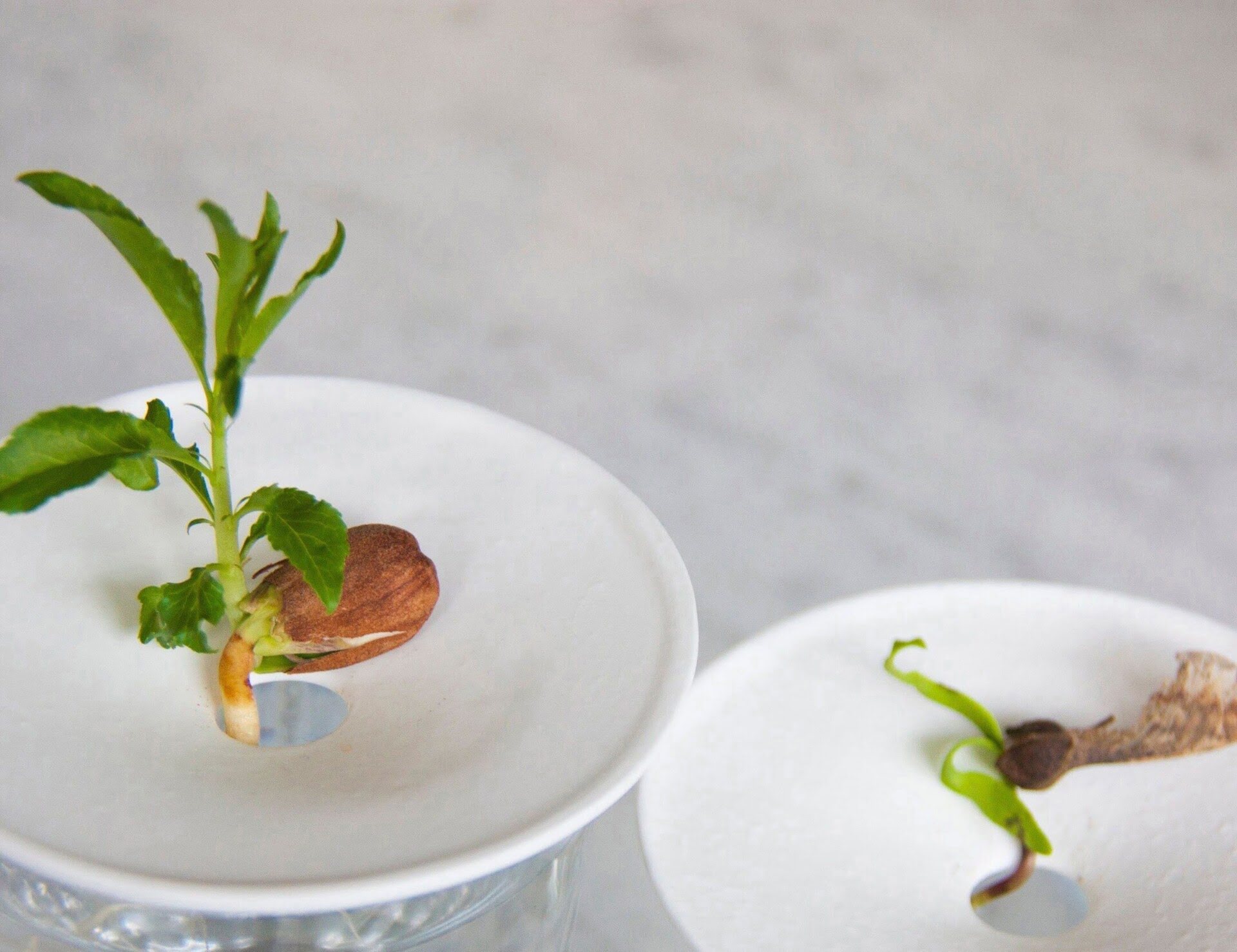

0 thoughts on “How To Grow Pine Trees From Seed”